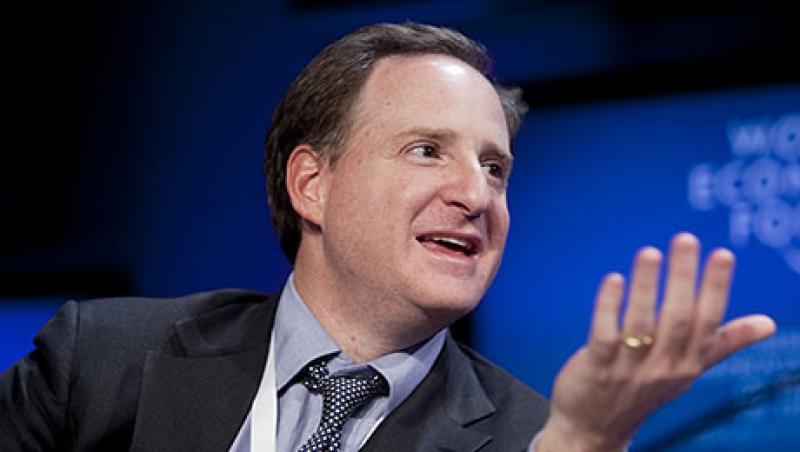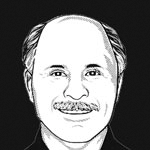
Eric Mindich, founder and chief executive officer of Eton Park Capital Management Ltd., participates in a panel discussion on day three of the 2010 World Economic Forum (WEF) annual meeting in Davos, Switzerland, on Friday, Jan. 29, 2010. The organizing theme for this year's meeting is "Improve the State of the World: Rethink, Redesign, Rebuild." Photographer: Chris Ratcliffe/Bloomberg *** Local Caption *** Eric Mindich
Chris Ratcliffe/Bloomberg


